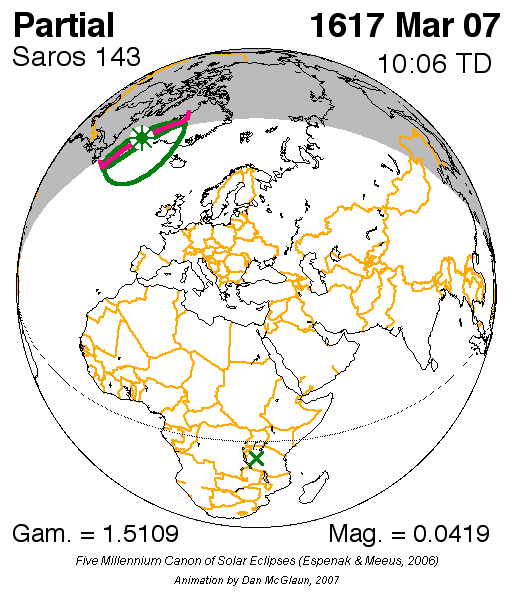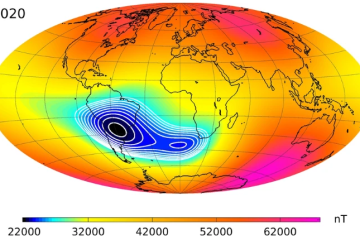The Importance of Saros Cycles in Astronomy

Introduction
Saros cycles are a series of eclipses that occur at regular intervals, playing a critical role in the prediction and understanding of solar and lunar eclipses. The average Saros cycle lasts approximately 18 years, 11 days, and 8 hours, making it a valuable tool for astronomers and eclipse enthusiasts. This cyclical nature not only aids in the study of celestial events but also has historical ties to ancient civilizations that observed and recorded these phenomena.
What is a Saros Cycle?
A Saros cycle is defined as a period of time after which eclipses repeat with similar geometry. The cycle is derived from the combination of the lunar and solar cycles, specifically the synodic month, the draconic month, and the anomalistic month. Each year, approximately 41 to 42 eclipses occur worldwide, and with each Saros cycle, these eclipses can appear in a different geographic location, gradually shifting over time.
The Historical Significance
Historically, civilizations such as the Babylonians, Ancient Greeks, and the Maya monitored Saros cycles to predict eclipses. Their keen observations influenced agricultural practices, navigational skills, and even religious events. The systematic recording of solar and lunar eclipses allowed astronomers to refine their calculations and develop a sophisticated approach to timekeeping. For example, the Babylonians created detailed records that helped them predict eclipses, while the Greeks, including notable figures like Aristotle and Ptolemy, contributed to astronomical theories based on Saros cycles.
Modern Applications
In contemporary astronomy, the significance of Saros cycles is evident in various fields, including astrophysics, space exploration, and education. Astronomers utilize modern technology to enhance the accuracy of eclipse predictions based on Saros cycles. Public interest in eclipses has also increased, with millions taking part in viewing events, leading to opportunities for education and outreach.
Conclusion
The study of Saros cycles not only illustrates the precision of celestial mechanics but also showcases humanity’s ongoing fascination with the universe. As we advance in our understanding of astronomical events, the Saros cycle remains a vital aspect of the science of eclipses. Future generations will continue to benefit from this knowledge as they explore the skies, predict eclipses, and marvel at the phenomena that occur in our solar system.









